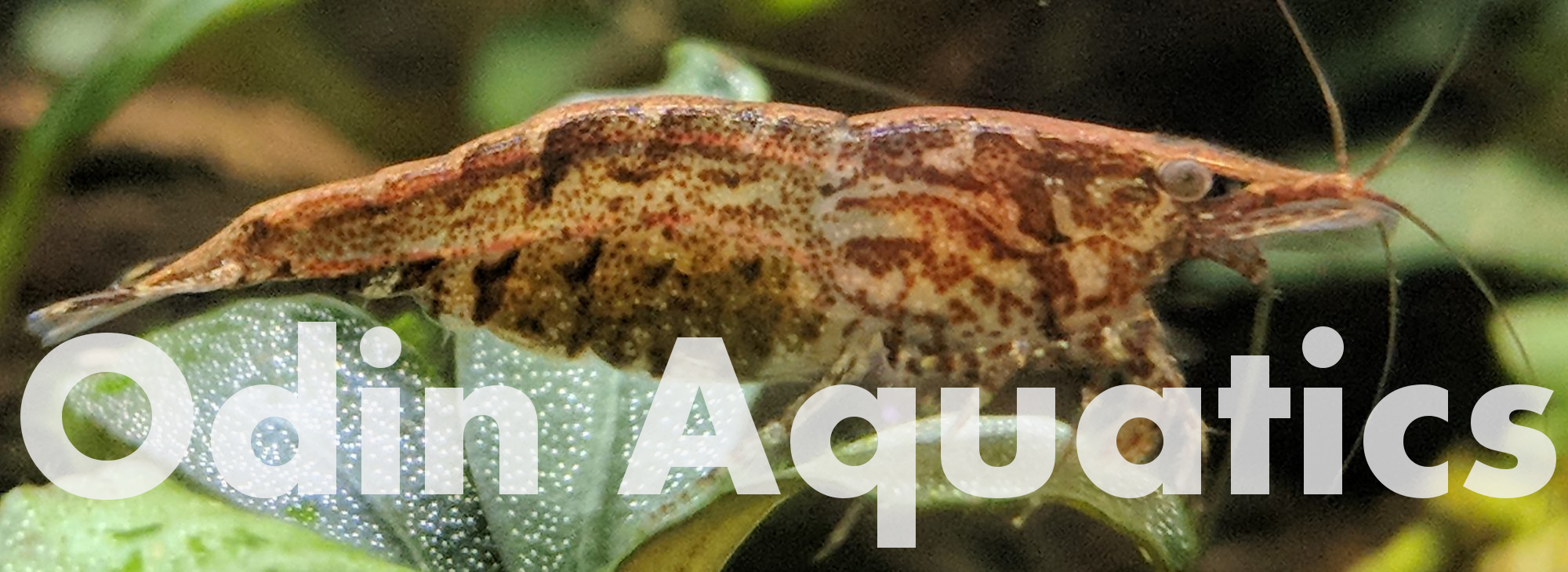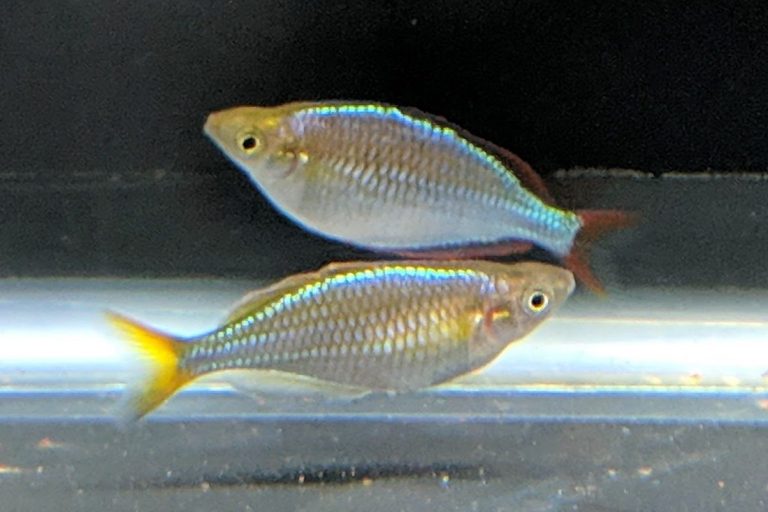About Melanotaenia Praecox
Known commonly as the Neon Dwarf or Praecox Rainbowfish, Melanotaenia Praecox are a small, colorful rainbow fish from New Guinea. They are an interesting schooling species that is best kept in larger groups of 8-10+, with at least a 1:1 ratio of females to males. An excellent community fish, they do well in peaceful setups that are heavily planted.
I keep 20 dwarf neon rainbows - 10 males and 10 females - in my 90 gallon rainbowfish community tank. The neons share this aquarium with other larger rainbowfish species and they get along with everyone. Praecox are active swimmers and will go after most foods pretty aggressively once they're settled into the aquarium, which makes them fun to watch.
Sex can be easily determined based on size, body shape, and fin color when the fish reach adulthood. Both males and females will have shiny, iridescent blueish bodies. Adult male Praecox have red fins, while females have orange/yellow colored fins. Males will also have a larger, taller body shape with a more pointed head while healthy adult females will be smaller than the males.
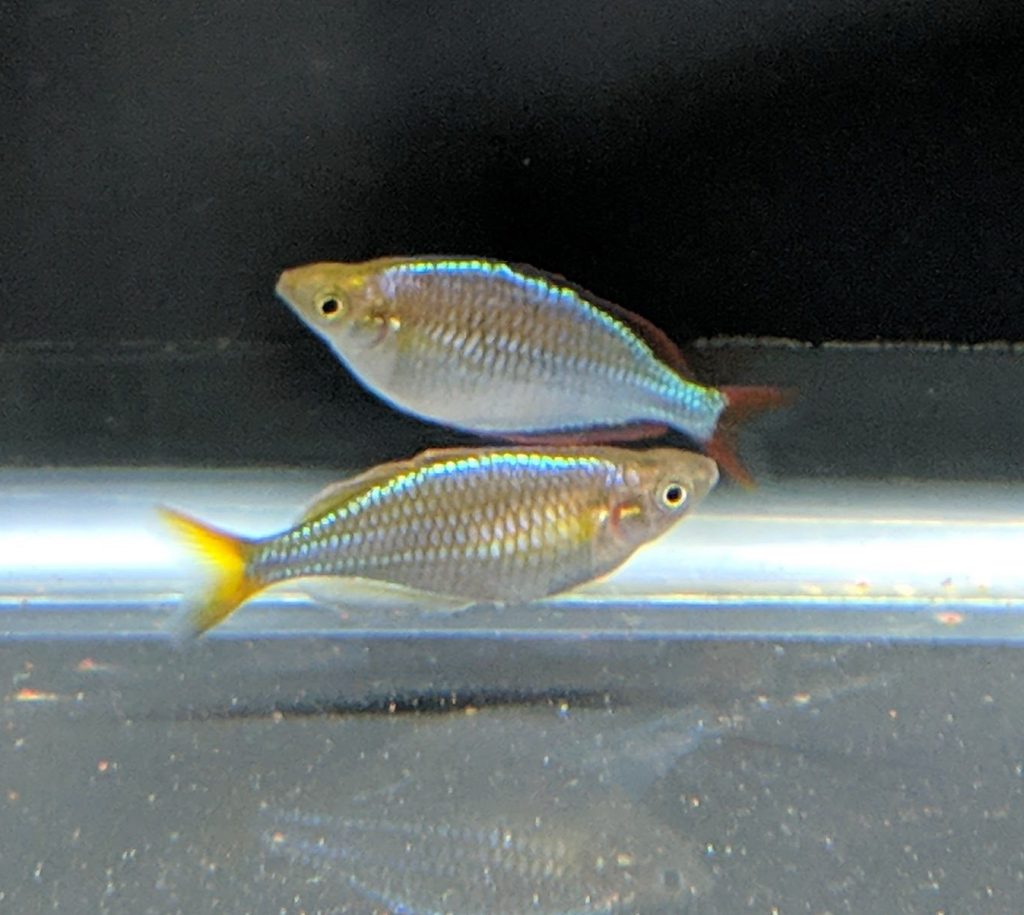
Setting up a Breeding Tank
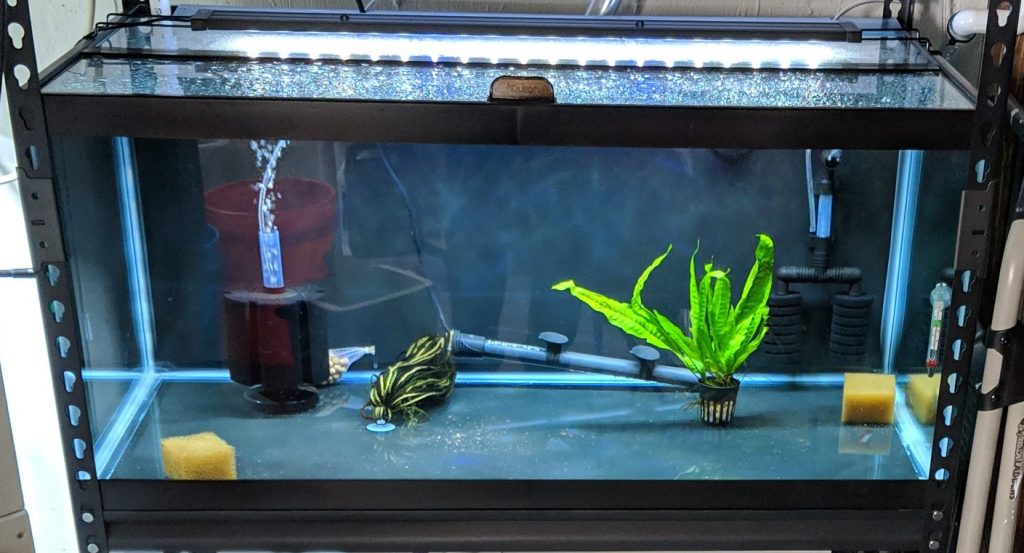
A breeding aquarium for Melanotaenia Praecox should be kept 73-82°F (23-28°C), and at a PH slightly above 7.0. As in most cases, aiming for stable parameters is better than aiming for perfection. A tank with a sponge filter is ideal for this because the fry of this species are incredibly tiny at birth.
Dwarf neons are egg scatterrers, so the ideal setup is a bare bottom aquarium with a large portion of java moss or a spawning mop. I have used both as egg laying substrates and the fish readily spawned in both the moss and the mop.
The purpose of the spawning mop is to give the eggs a safe place to stick to that can be removed and transferred to a rearing tank if desired. You can make your own spawning mop using wool string, or buy them pretty inexpensively.
Selecting and Preparing Breeding Stock
Before moving fish into a breeding tank you'll want to make sure you have a few healthy, well fed adult specimens ready to breed. As with any fish, a high quality diet consisting of a good variety of live, frozen, and dried foods is ideal to get them ready to breed. Females need to eat well to produce lots of eggs, and males will display their best colors and breeding activity when well fed.
Look for males with a nice tall body and colorful fins. Females should be grown out and well fed before being selected for breeding. I have had good success just selecting one pair and placing them in a breeding aquarium together.
The pair may take a couple of days to settle into the tank before they start to show breeding behavior. The male will display for the female and the two will swim through their chosen spawning site, which should be a spawning mop or moss portion. Eggs will be deposited over the course of a few days, so dont pull the pair out as soon as you see eggs.
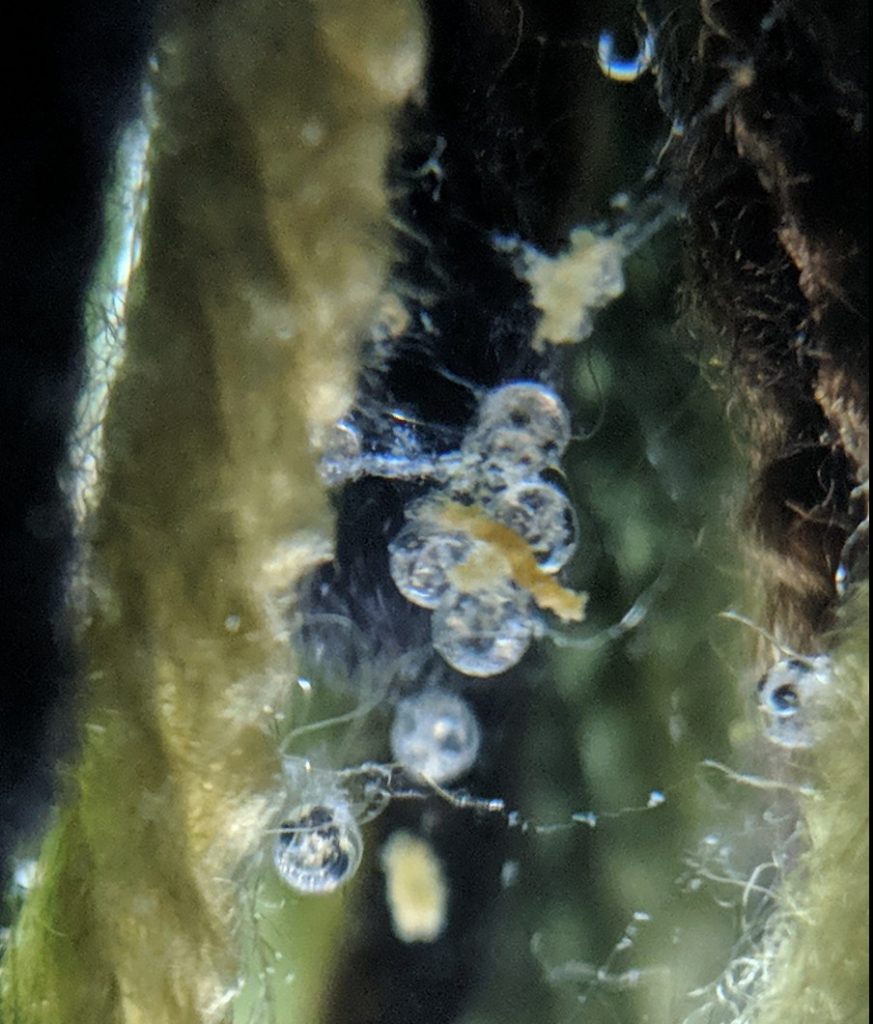
Praecox eggs are very small so they can be challenging to spot. Once the pair has spawned, they can be removed from the breeding tank and the eggs will hatch within a week. You can also carefully move the spawning mop or moss with the eggs on it into a fry growout tank with a sponge filter.
Caring for M. Praecox Fry
When dwarf neons hatch they are tiny. Like, crazy small - less than half a centimeter. Because they are so small these fry need very fine powdered fry foods, cultured infusoria, or live microworms to feed on. I would recommend having a combination of very small foods ready before your fry hatch. Even newly hatched baby brine shrimp will be too large for newborn M. praecox to swallow.
After a week or two on starter fry foods the young should be large enough to take baby brine shrimp, which you should know how to hatch yourself if you want to breed fish. Baby fish should be fed multiple times a day for optimal survival. They have very short digestive systems and no accumulated body mass to live on, so they need to eat frequently.
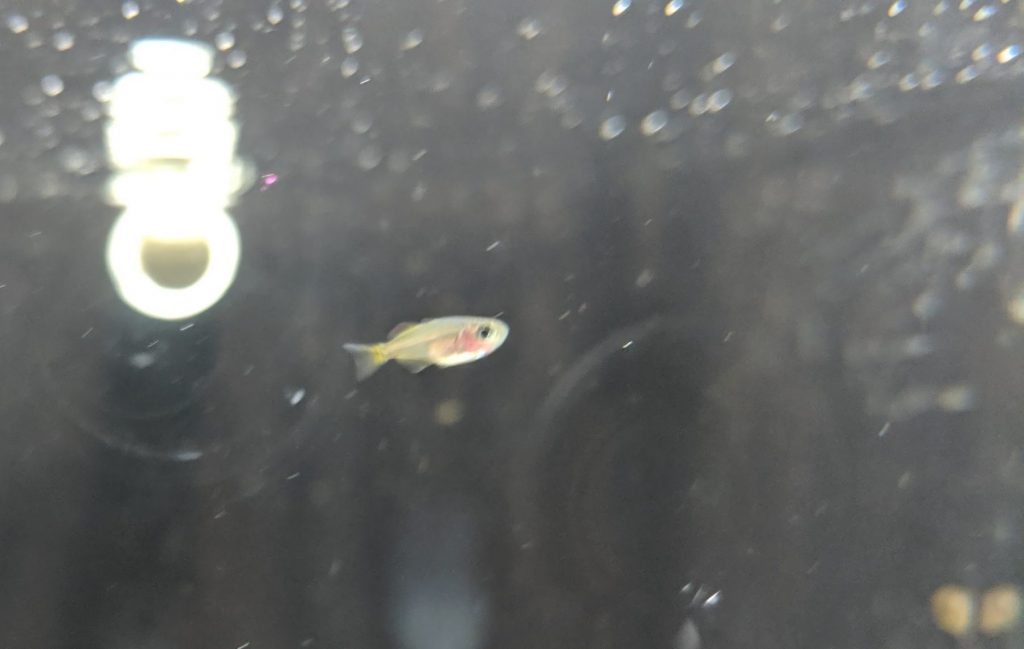
M. praecox fry should eat readily and will put on some decent size in just a few months if well fed. These fish are amazing to watch in large schools, so successful breeding is very rewarding.

